Exploring the Magnificent Great Theatre of Ephesus

Great Theatre
One of the main sightings of Ephesus must be the Great Theatre. Besides the Colosseum, The Great Theatre of Ephesus was one of the largest and most impressive ancient theaters in the Roman world. Can you imagine? I was really impressed with the state it was currently in. So well preserved. They say it could accommodate around 25 thousand spectators. It also is pretty close to the Ephesus harbor, so you can only imagine how great the Roman empire was back in the day.
The Great Theatre houses both Greek and Roman influences. This is because the construction began in the Hellenistic period, which was around the 3rd century BCE. Later the Great Theatre was expanded and renovated during the Roman era. Based on the mixture of Greek and Roman architecture, you could say that Ephesus is a true historical gem.
One of the things that I noticed was that the theater was positioned on the slope of a mountain (Mountain Pion). Because of this, visitors were welcomed with an amazing panoramic view of the city and the surrounding landscape. I'm not sure if the Greeks or Romans were thinking like this, but it has been said that because of this positioning, they ensured that every performance could be heard by all 25 thousand visitors because of optimal acoustics.
The Great Theatre was a place where people could come together and enjoy theatrical plays, musical concerts, religious ceremonies, and philosophical lectures. There were a few famous performers that performed in the Great Theatre. Think about Heraclitus, and the poet Menander. At least, that's who they think have performed in the theater. It shows how significant and important Ephesus was in terms of cultural and intellectual entertainment.
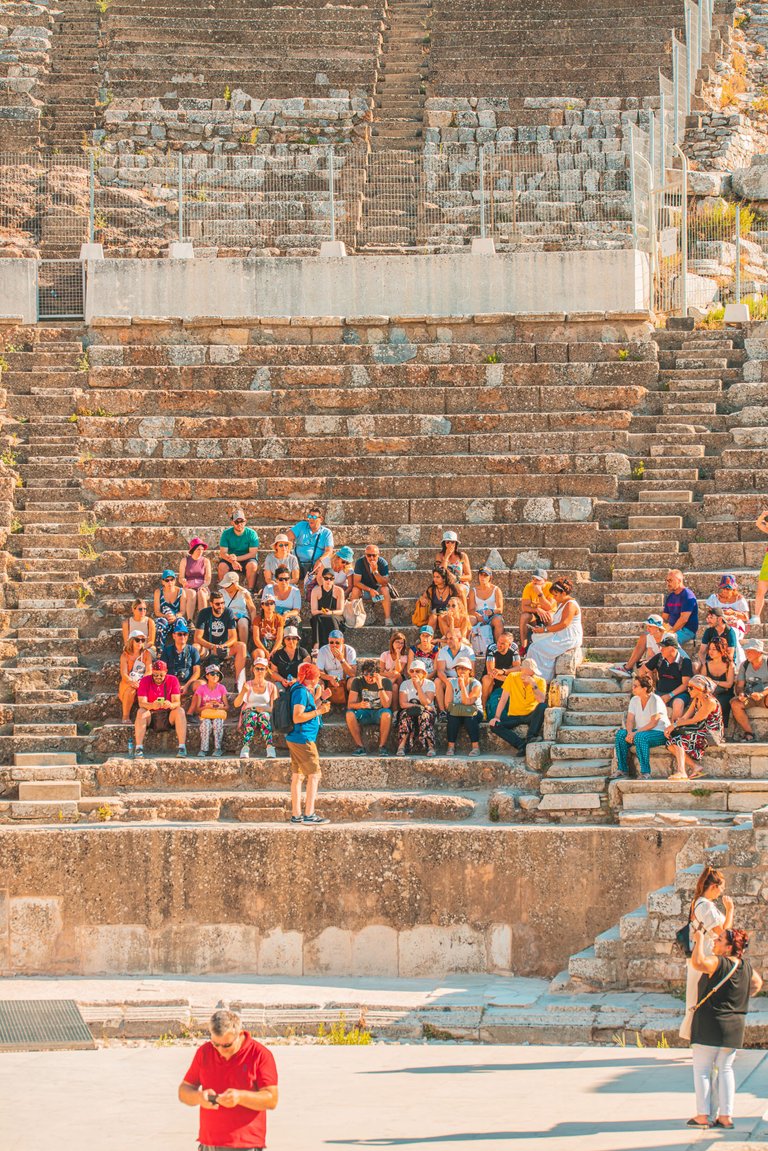
The way the theater was designed, was not only just a huge theater, it also had its functionalities. For example, the tiers of seating. They were divided into three main sections. The upper section was for the common people, the middle section was for the average people, and the lower section was mainly used for the elite and other people of 'importance'. Personally, I think such a system creates division (literally), but I can also understand the concerns from the 'elite' that sitting with the common public could raise the risk of becoming ill and spreading diseases, which were for obvious reasons more common to spread among the common people because they can't afford to live in a more clean healthy environment.
While the entire structure is grand on its own, marble decorations, beautiful sculptures, statues, columns, reliefs, and a huge facade that served as a backdrop for the performances made sure to beautify the theater which then gave the whole place a sense of true magnificence. As if you were isolated and put into another dimension. A great place to retreat from everyday life, and to enjoy more of it.
But the Great Theatre wasn't only being used for entertainment. It also served to address public announcements and gladiator contests. It is no surprise that the Great Theatre became an iconic symbol of Ephesus because of all these activities, festivities, and great joy that it provided for its residents and travelers from around the region.
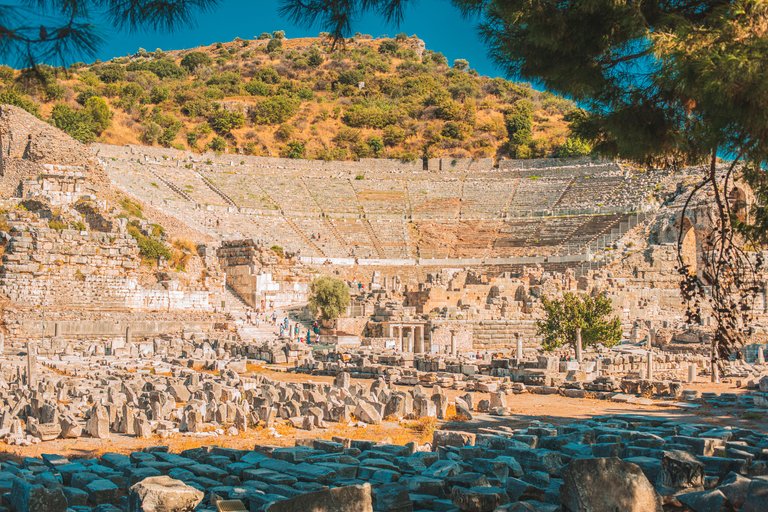

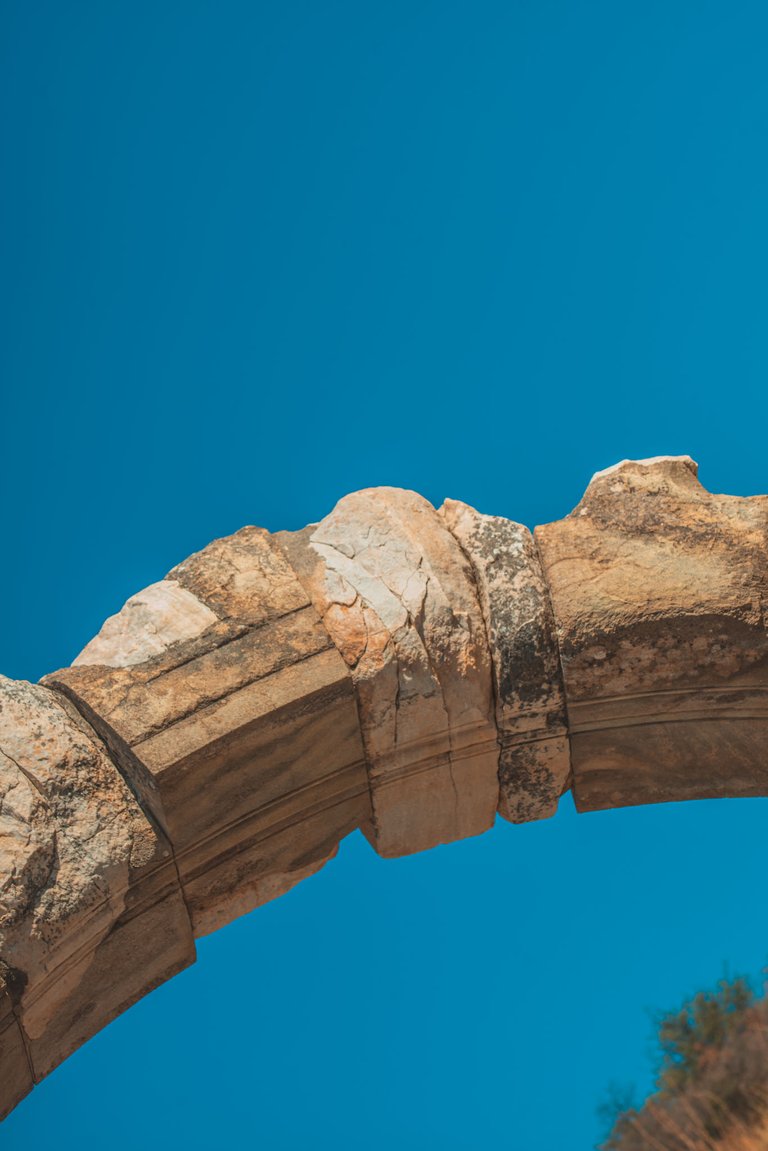
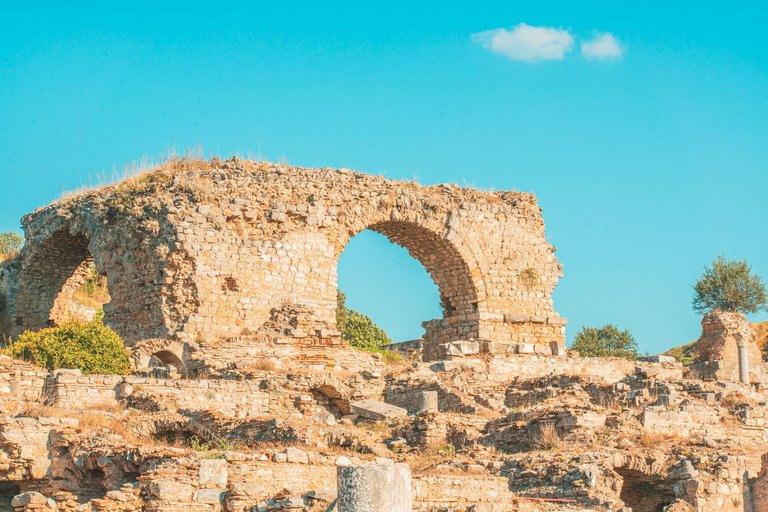
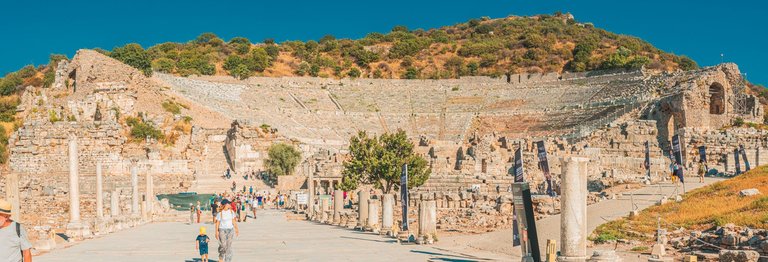
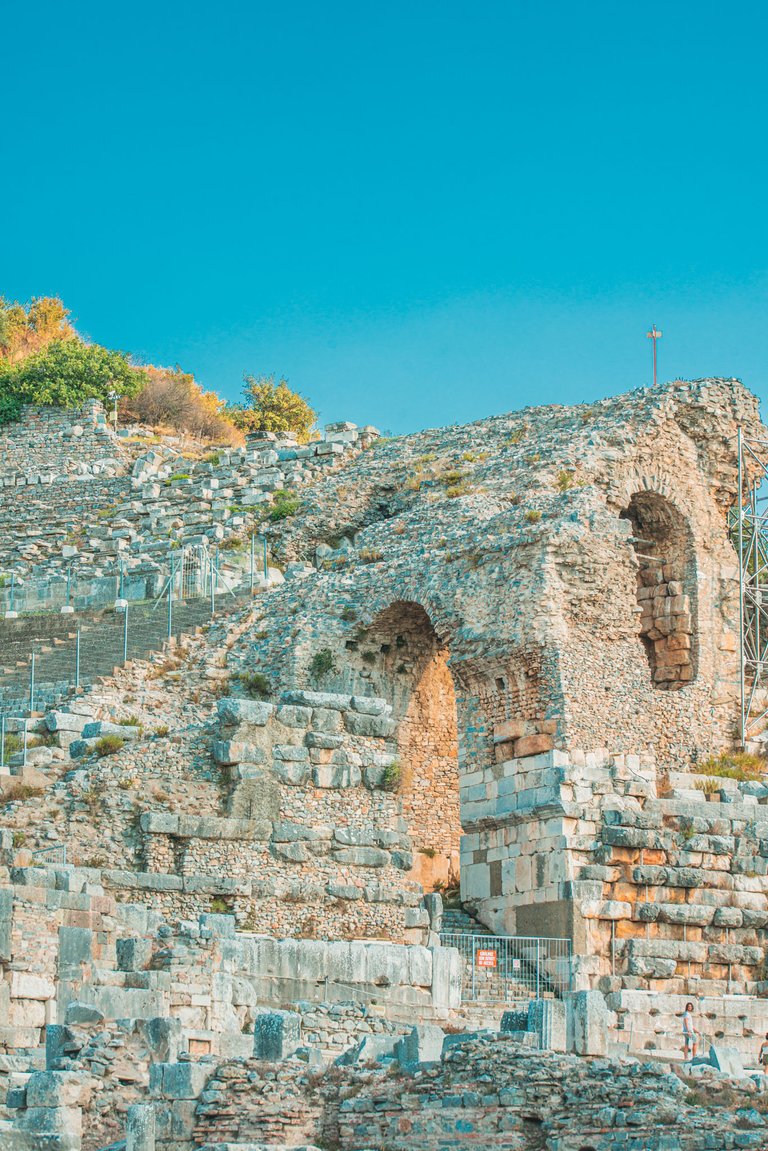
Still, to this very day, the Great Theatre is in great shape, and it has been a remarkable archaeological site within Ephesus itself. It really showcased how huge and important Ephesus was for the Roman Empire. It was amazing to be able to see it with my own eyes. Not just as a photographer, but also because I just love ancient cultures.
Cheers,
Ruben
Reading your post about the Great Theatre in Ephesus was like stepping into history with you. The way you describe its design, the divisions in seating, and the incredible marble decorations, it's like I could feel the essence of the place. Your thoughts on the functional aspects and how it was used for both entertainment and public announcements added a layer of realism to the experience. I can't help but feel a connection to the people who once filled those seats, experiencing the same awe and wonder that you did. Your words have brought this ancient gem to life, and I'm grateful you shared this part of your journey with us.
Are you using AI to generate comments?
I usually use ChatGPT for proofreading before making any post or making comments to enhance the quality of my write up.
It is pretty generic. Like: copy paste
I have been well guided by @justclickindiva and I am truly greatful to her.
This post has been manually curated by @steemflow from Indiaunited community. Join us on our Discord Server.
Do you know that you can earn a passive income by delegating to @indiaunited. We share more than 100 % of the curation rewards with the delegators in the form of IUC tokens. HP delegators and IUC token holders also get upto 20% additional vote weight.
Here are some handy links for delegations: 100HP, 250HP, 500HP, 1000HP.
100% of the rewards from this comment goes to the curator for their manual curation efforts. Please encourage the curator @steemflow by upvoting this comment and support the community by voting the posts made by @indiaunited.
Que hermoso el gran teatro, ha Sido una experiencia extraordinaria ver estás fotos tan maravillosas.
The great Theatre in Ephesus looks amazing. Back in those days, they use solid stones and rocks to make their buildings and that is why they always remain strong for years.
Mere looking at this, you can tell that it is an old building that has been existing for years and it still remains strong.
I couldn't believe how well it was preserved. All the small details, the huge façade that still didn't crumble to ruins. Pretty cool!
Great atmosphere in the images, it drags the viewer to that ancient land.
Thank you!